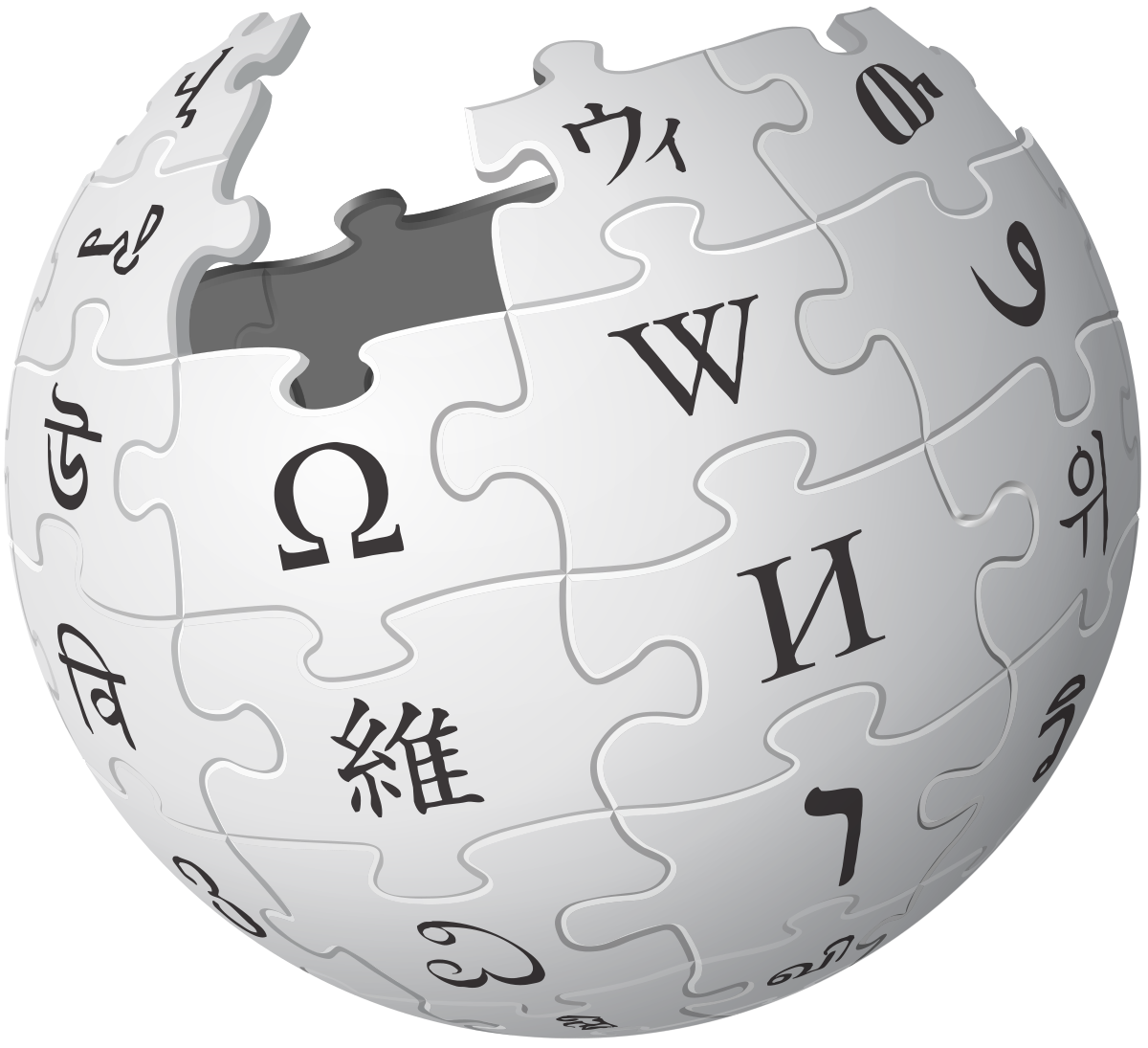What is a labrum?
- The labrum is a soft tissue structure located around the edge of the hip socket (acetabulum).
- The hip labrum plays an important role in providing hip stability, proprioception (ability to sense position and motion), the distribution of hip forces and joint lubrication
Risk factors for labral tears
- Risk factors for labral tears include repetitive movements such as deep flexion and or rotation of the hip.
- Abnormal hip shape (cam, pincer and dysplasia) can predispose patient to labral tears
- Typically occur in from late teenage years, young adults participating in sports through to adulthood.
High risk sports for labral tears
- The common sports include Australian Football, gymnastics, dancing, marital arts, water polo, hockey, power lifting, wicket keeper playing cricket and Yoga.
Mechanism of injury
- The mechanism of injury can include a twisting, pivoting, excessive movement / stretching of the hip (flexion abduction external rotation. Flexion adduction and internal rotation), repetitive deep squatting or lunging.
- In the presence of abnormal shape (cam, pincer and dysplasia), a labral tear can occur even more easily with these movements.
- In particular, in the presence of cam or pincer impingement, abnormal / premature abutment occurs with the acetabular labrum predisposing to a labral tear.
What happens if you do not treat the symptomatic labral tears?
- Labral tears can significantly reduce hip stability, putting more stress in the hip muscles and hip cartilage.
- Untreated symptomatic labral tears left untreated can contribute to the progression of cartilage damage and premature osteoarthritis of the hip joint.
What are the symptoms of a labral tear?
- Labral tears are frequently located at the front of the hip joint (acetabulum, socket) and cause groin, lateral hip and or deep buttock pain.
- The symptoms can often fluctuate in severity, varying in intensity.
- The pain can be aggravated by prolonged sitting, standing, walking, sleeping, running and or twisting. Occasionally some but not all patients may develop intermittent instability or weakness in their hip strength. This is often despite physiotherapy.
- Due to the presence of hip instability, the hip muscles often become tight and tender due to them compensative for the lack of hip stability. Massage / releasing the tight muscles with a foam roller often only provide temporary relief only.
How to diagnosis labral tear of the hip?
- A 3 telsa MRI scan is an accurate way of diagnosing a labral tear. The scan must be used in combination with a clinical assessment to determine the significance of the labral tear.
Management of a hip labral tear
- The management of a symptomatic hip labral tear will need a thorough assessment of the history, examination and MRI scan of the hip.
- If the hip continues to cause pain in the groin, lateral hip and or buttock despite a trial of 3 months conservative management, consideration of hip preservation surgery in the form of a hip arthroscopy should be considered.


